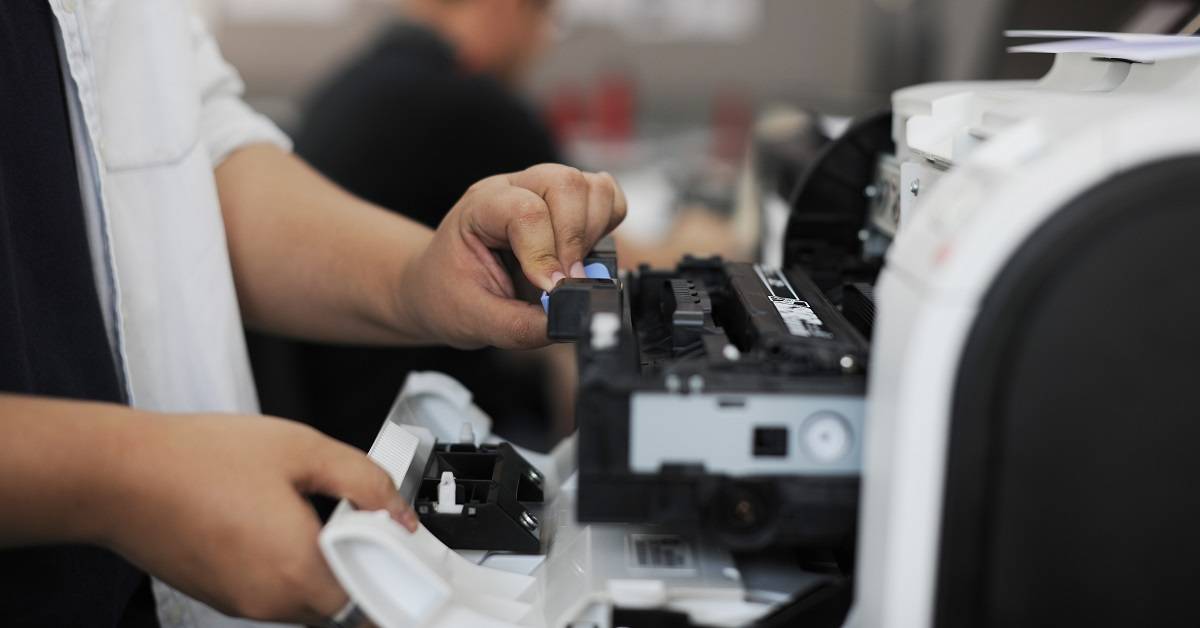The Benefits of Print Servers
Print Servers allow printers to be connected to a network and be shared amongst several users. There are also many additional benefits, savings and features which may not all be considered immediately
Space Saving
You no longer need to buy a dedicated printer for each user, therefore you can save space, electricity and maintenance costs.
Quick Installation
Add a printer to your network in minutes. No need to shut down your network.
Flexibility, avoiding queues or delays
Add a printer to your network in minutes. No need to shut down your network.
- All users could possibly have the option to print on color inkjet or laser printer.
- If a printer is in use with a large print job then a user can avoid the queue by using another printer. This could be a lifesaver for that urgent report which should have been printed 5 minutes ago to meet an urgent deadline!
- Printer out of Ink or Toner and someone forgot to order spares? Or you simply don’t have time or don’t know how to change it.
- Printer faulty and you are waiting for someone to check/repair/replace it?
h3>Extended cable distances The maximum recommend distance for USB or Parallel printer cables is 5 meters. Using a Print server allows for cable distances up to 100 meters when connecting between your PC and printer directly, or 200 meters when connecting through a Network Hub or Switch.
Connects using low cost and convenient Category 5 cable
Many modern buildings already have this cable pre-installed with several spare wall outlets in each room! Even if the cable is not pre-installed, this type of cable is very inexpensive and simple to install.
USB, Parallel or mixed USB and Parallel Port models depending on your printers interface
Choice of models with USB or Parallel type printer ports. All modern PC printers have one or these types of interface. Some have both!
Single port or multiple port models to suit your working situation
If you need to connect more than one printer to your network then multi-port models can be used providing your printers are situated near each other. In this case only one network point is required. If you need to connect two or more printers at different locations then single port models would be more cost effective, although multi-port models offer future expansion. In this case this case two network points are required. Each network point uses a port on your Network Hub/Switch so make sure that you have enough spare ports. Network Hubs or Switches can be easily added to an existing system to create additional ports should you require it.
10Base-T or 10/100Base-TX models
This defines the speed capabilities of the Print Server Network Port. 10Base-T is capable of 10Mbit/sec (approximately 1.25 Mega Bytes per second). 100Base-TX is ten times faster, 100Mbit/sec (approximately 12.5 Mega Bytes per second). 10/100Base-TX models can operate at both speeds, depending on the network you connect to.
Server/Workstation Printer Sharing
While most operating systems allow locally connected printers to be shared, this is not always convenient and has some drawbacks when compared to using a dedicated Print Server:
- The PC must be always switched on in order for users to print. This is not always convenient, especially when using a workstation to do this.
- This can take up large amount of the CPU usage, effectively slowing down other tasks. In the case of a file server this could slow down all users!
- Expansion can be difficult if the computer has no more spare ports.
PC/Mac Platform Support
Most models support PC & Mac computers. Printers can even be shared between platforms. Mac users can take advantage of a printers parallel port. This can be very useful if your printer has an AppleTalk and Parallel port and you can no longer use the AppleTalk port because you upgraded to a newer Mac. You may also be interested in our security portfolio. For further assistance, feel free to give us a call 888-865-4639. We’d love to help.




